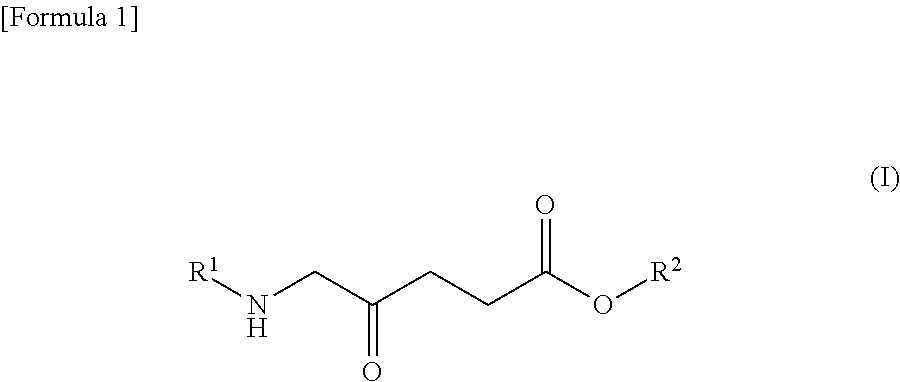Method for Increasing Protein Content in Milk of Lactating Cows
a technology of lactating cows and protein content, which is applied in the direction of organic active ingredients, pharmaceutical delivery mechanisms, medical preparations, etc., can solve the problems of ruminant consumption of cow's milk, difficult for ruminants to efficiently utilize all the proteins and amino acids in feed, etc., and achieve the effect of increasing the protein content in the milk of a lactating cow
- Summary
- Abstract
- Description
- Claims
- Application Information
AI Technical Summary
Benefits of technology
Problems solved by technology
Method used
Image
Examples
example
[0043]The following test was carried out with the approval of Tokyo University of Agriculture and Technology, the Laboratory Animal Subcommittee.
[0044]Effects of ALAs on the milk composition of a lactating cow was studied. Six lactating Holstein milk cows (average body weight 698±18 kg, average milk production 24.1±1.6 kg / d, average days-in-milk (DIM) 209±34 days, and average number of lactations 2.9±0.4) were placed in a free stable. After a 7-day grace period, 6 cows were randomly assigned to section A and section B (each group n=3). Section A had, after a grace period, an ALA administration period of 14 days (ALA Consumption Group A), with an adjustment period of 7 days interposed, followed by an ALA non-administration period of 14 days (Control Group A), whereas Section B had, after a grace period, an ALA non-administration period of 14 days (Control Group B), with an adjustment period of 7 days interposed, followed by an ALA administration period of 14 days (ALA Consumption Gro...
PUM
| Property | Measurement | Unit |
|---|---|---|
| Dimensionless property | aaaaa | aaaaa |
| Fraction | aaaaa | aaaaa |
| Fraction | aaaaa | aaaaa |
Abstract
Description
Claims
Application Information
 Login to View More
Login to View More - R&D
- Intellectual Property
- Life Sciences
- Materials
- Tech Scout
- Unparalleled Data Quality
- Higher Quality Content
- 60% Fewer Hallucinations
Browse by: Latest US Patents, China's latest patents, Technical Efficacy Thesaurus, Application Domain, Technology Topic, Popular Technical Reports.
© 2025 PatSnap. All rights reserved.Legal|Privacy policy|Modern Slavery Act Transparency Statement|Sitemap|About US| Contact US: help@patsnap.com


